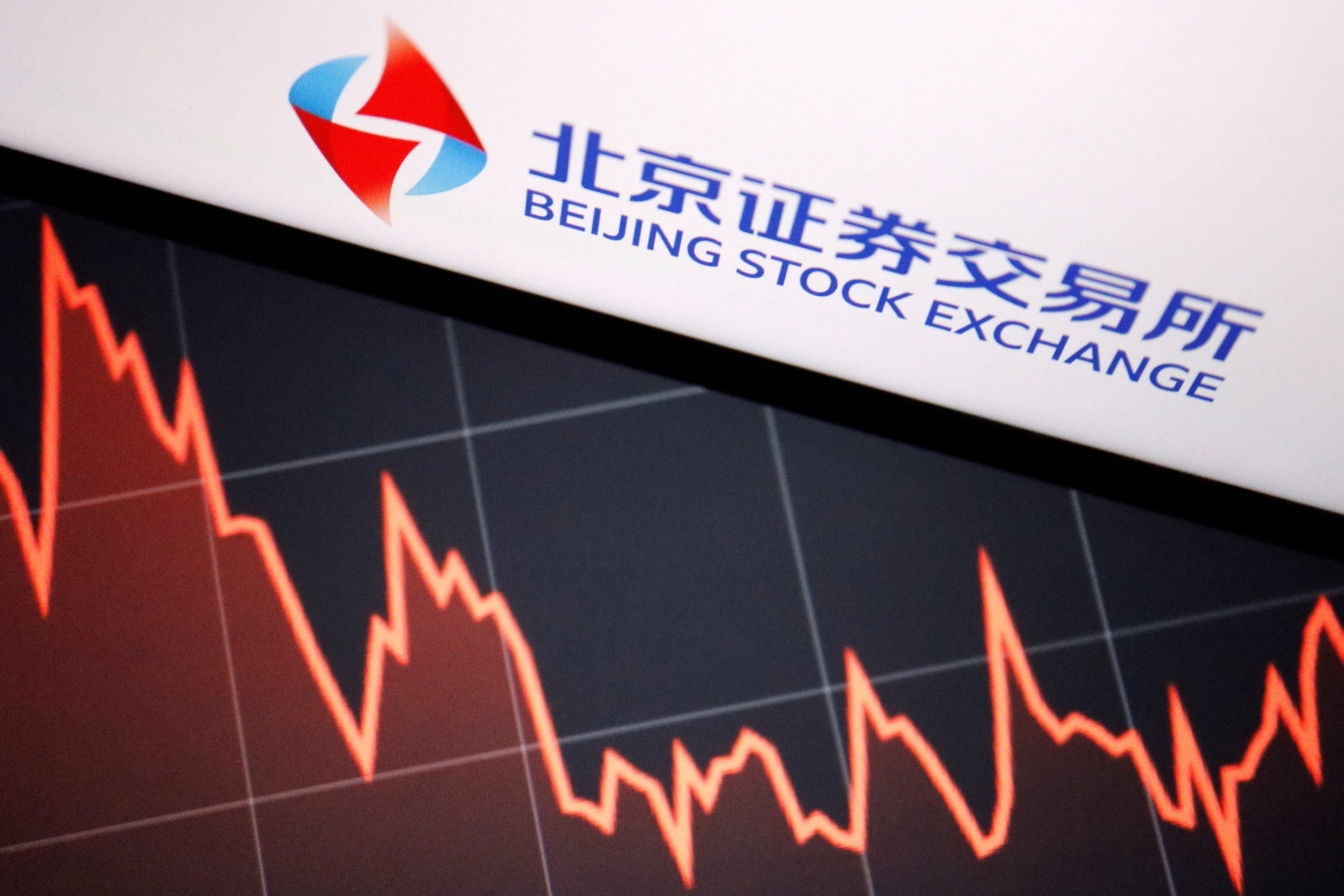SUMMARY
This is AI generated summarization, which may have errors. For context, always refer to the full article.

Trading on China’s Beijing Stock Exchange kicked off on Monday, November 15, with 81 companies in the first batch of listings.
The listings included 71 companies transferred from the “select tier” of Beijing’s over-the-counter New Third Board, and 10 companies that recently conducted initial public offerings (IPOs) on the new bourse.
Here are some facts about the new bourse:
Purpose
The Beijing Stock Exchange has been set up to serve small and medium-sized enterprises (SMEs), underpinning President Xi Jinping’s “common prosperity” policy aimed at reducing wealth gaps in the country.
It comes alongside other support measures for SMEs that have historically struggled to get financing in China.
China’s securities regulator said the new exchange will complement two other Chinese bourses in Shanghai and Shenzhen.
Launching the exchange is also part of China’s efforts to channel more household savings into the stock market to fund innovation and economic recovery, while reducing the economy’s reliance on bank lending.
History
From announcement to trading, the Beijing Stock Exchange took two months, the fastest among all bourses in China.
Most of the stocks trading on the new bourse have been transferred from the “select tier” of Beijing’s National Equities Exchange and Quotations, known as the New Third Board.
The New Third Board, which was set up in 2013, now houses a total of 7,033 SMEs. It has three tiers – Base, Innovation, and Select, filtered by the quality of the firms.
IPO rules
Compared to other mainland bourses, companies keen to list on the Beijing Stock Exchange are smaller, enjoy a lower threshold for financial metrics, and a shorter approval time.
Companies currently listed on the “select tier” of the New Third Board have an average market capitalization of 3.7 billion yuan ($580 million), about a sixth of those on the main boards of Shanghai and Shenzhen exchanges, and also far less than those on Shenzhen’s startup board ChiNext and Shanghai’s tech-focused STAR Market, according to consultancy EY.
The new bourse will host innovation-driven SMEs, with most of the first batch of companies from the industrial, information technology (IT), material, healthcare, and consumer sectors.
The bourse has said its potential candidates would be companies that have been listed on the “innovation tier” of the New Third Board for 12 consecutive months.
Net profit and revenue are not preconditions for IPOs. Instead, candidates are allowed to choose one of four criteria centered around expected market capitalization and financial metrics.
The bourse will employ a registration-based IPO mechanism, which is only adopted by ChiNext and STAR Market currently.
Trading rules
Individual investors qualified to trade on the Beijing Stock Exchange must have assets worth at least 500,000 yuan ($78,347) in their stock accounts over 20 trading sessions before they can apply to trade. They must also have at least 24 months of experience trading securities.
There will be no limit on price change on the first trading day of new stocks, but circuit breakers will be triggered for stock prices rising over 30% or dropping over 60%.
After the first day, stocks will be allowed to rise or fall by up to 30% each day, versus the 20% cap on ChiNext and STAR Market, and the 10% limit on the main boards of Shanghai and Shenzhen bourses. – Rappler.com
$1 = 6.3819 Chinese yuan
Add a comment
How does this make you feel?
There are no comments yet. Add your comment to start the conversation.